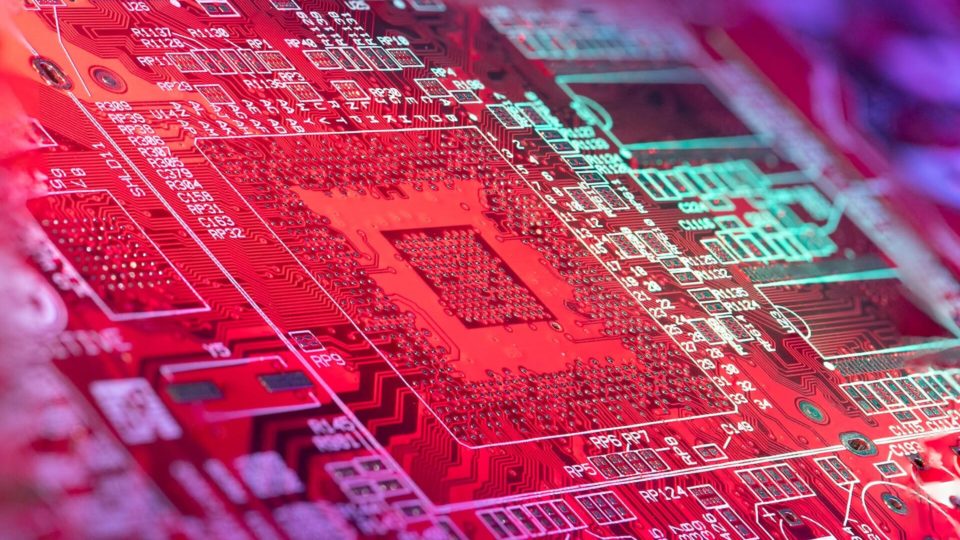
With digital transformation, food industries stay competitive
Daniel de la Puente, responsible for EU projects at CTIC CITA, states the case for digital transformation for food industries to stay competitive
Today, high energy and raw material prices are leading to an increase in fertilizer, food processing and transportation costs. This makes digital transformation a key technological upgrade to help food industries remain competitive. Bio-Based Digital Twins (BBTWINS) is a four-year project, funded by the Bio-based Industries Joint Undertaking, aiming to develop a digital platform for the optimisation of agri-food value chain processes and the supply of quality biomass for bioprocessing.
Biomass for bioprocessing
The platform will be based on ‘digital twins’ technology – creating a real-time digital replica of physical processes in two agri-food industries. One of the novelties of BBTWINS is to combine blockchain, artificial intelligence, machine learning, the Internet of Things and data analytics, together with strategic and operational logistic solutions for the first time in a single platform. By integrating the value chain from crop to final product, BBTWINS will define the optimal pathway for each feedstock to maximise efficiency and minimise losses – without impacting quality.
With 13 partners in seven countries, BBTWINS will focus on meat and fruit production in Spain and Greece, respectively. These two European regions have the advantage of enjoying a warm climate which makes agricultural produce more competitive. Also, Spain and Greece have a lower degree of technification like smart farming and automatization in food processing, thus offering a larger margin for improvement.
Digital simulation of food processes to increase profit margins
Ctic cita, coordinator of BBTWINS, will concentrate on the digitalization of physical processes within the chosen food industries. We will create a virtual replica of the physical and chemical realities involved in each key food processing step, so that the digital twin can simulate the transformation of raw materials to food products. We’ll develop mathematical equations that faithfully represent these transformations, for instance, the process of salting a piece of ham and how salt penetrates the meat and induces chemical changes, as well as the process of drying and curing meat.
Another area of mathematical simulation is the ripening process that peaches undergo while being stored in controlled chambers before they are transported for retail. Each variety has a different size and external surface influencing the exchange of air and moisture, so the optimal storage temperature and humidity differ. Also, each batch comes in at a different maturation stage, so the time the fruit needs to be stored differs greatly from farmer to farmer. In this respect, Ctic Cita uses hyperspectral cameras to continuously detect the state of maturity of each batch for the storage conditions to be optimized accordingly and automatically.
Ctic Cita aims to help food companies on their digital transformation journey by showing the economic benefits
of the digitalization of processes, automation and predictive capabilities of digital twins, including traceability by blockchain. Ultimately, this degree of technification should render industries more competitive by being able to detect inefficiencies, improve what is already working well, anticipate supply or production bottlenecks, and save costs in an environment of rising material and energy costs.
Beyond cryptocurrencies – blockchain used for incorruptible traceability Blockchain can be defined as a distributed database storing a permanent and tamper-proof ledger of data. This distributed database is not controlled by a single entity, but the opposite – it is characterized by as decentralization, consensus-based mechanisms, smart contracts, and immutable records designed with security from its inception. Blockchain provides serializability, immutability and cryptographic verifiability without a single point of trust, unlike a standard database system. These properties have triggered blockchain adoption in a wide variety of industries beyond viral cryptocurrencies. Companies see the value in the transparent, incorruptible visibility advantages it offers in comparison to the existing loosely coupled centralized systems, especially for traceability purposes.
Blockchain is used in BBTWINS to ensure traceability. Internal traceability is pivotal for companies with integrated production like PORTESA, the meat industry in BBTWINS. Growing their own cereals to produce their own feed for their pig farms and meat processing facilities, blockchain will ensure they can track and trace all material flows within their production chain. In addition, food traceability by blockchain will minimize disruption to trade by facilitating targeted product recalls and allowing PORTESA to provide consumers with accurate information about the products they purchase.

